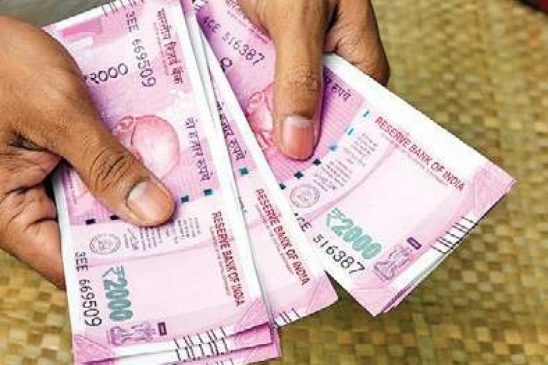After years of dithering, the Centre has restarted work on a roadmap to roll out direct benefit transfer (DBT) system to contain the rising fertiliser subsidy bill. The move comes in the context of this item of revenue expenditure proving to be onerous and sticky, while there has been a steep decline in fuel subsidies after the decontrol of retail prices of petrol and diesel.
With the Ukraine war putting further pressure on global commodity prices, rating agency Icra has recently estimated that the Centre’s fertiliser subsidy in FY23 to be 50% higher than the Budget Estimate at Rs 1.5 lakh crore. The Centre’s fertiliser subsidy bill has risen steeply in recent years.
According to sources, the government is considering several options to save on its fertiliser subsidy expenditure, via improved targetting. One option is to let all the 14.6crore beneficiary farm-ers buy the soil nutrients at market rates and later transfer the subsidy to their Aadhar-linked bank accounts. The subsidy amount would be determined on a per-acre basis, without any cap on the landholding. Another option
is to make available subsidised fertiliser to the farmer or deposit the subsidy in cash to his bank account, subject to a landholding limit. If the landholding is higher than the limit, the farmer will be denied the subsidy for the land he holds above the eligibility threshold.
Subsidy component was fixed for P&K fertilisers effective April 2010 and this has resulted in subsidies on these fertilisers declining from Rs 41,500 crore in FY11 to Rs 26,369 crore in FY20. However, retail prices of urea, the most commonly used fertiliser, continues to be controlled. While the production cost of gas-based urea is about Rs 900/45 kg bag, the farmers get it for Rs 242, at a discount of over 70%. The spike in global natural gas prices is threatening to inflate the subsidy expenditure on urea.
Even the subsidy on P&K fertilisers has shot up again to `37,372 crore in FY21 and to `64,192 crore in FY22 as the government could not pass on the sharp rise in the cost of these fertilisers, which are mostly imported.
Currently, the government releases subsidy amount to fertiliser manufactures peri- odically, based on Aadhaar- authenticatedsalesviapoint of sale (PoS) machines, which was rolled out from April 1, 2018, as a precursor to the rollout of the DBT mecha- nism. The PoS system helped the Centre save `10,000 crore in fertiliser subsidy by plug- ging leakages in FY19.



































